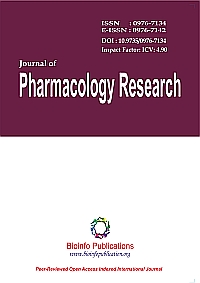
“Glioblastoma (GBM) is the most common primary malignant brain tumor in adults. The challenging problem in cancer treatment is to find a way to upregulate radiosensitivity of GBM while protecting neurons and neural stem/progenitor cells in the brain. The goal of the present study was upregulation of the cytotoxic effect of γ-irradiation in GBM by non-psychotropic and non-toxic cannabinoid, cannabidiol (CBD).
We emphasized three main aspects of signaling mechanisms induced by CBD treatment (alone or in combination with γ-irradiation) in human GBM that govern cell death: 1) CBD significantly upregulated the active (phosphorylated) JNK1/2 and MAPK p38 levels with the subsequent downregulation of the active phospho-ERK1/2 and phospho-AKT1 levels. MAPK p38 was one of the main drivers of CBD-induced cell death, while death levels after combined treatment of CBD and radiation were dependent on both MAPK p38 and JNK. Both MAPK p38 and JNK regulate the endogenous TRAIL expression. 2) NF-κB p65-P(Ser536) was not the main target of CBD treatment and this transcription factor was found at high levels in CBD-treated GBM cells. Additional suppression of p65-P(Ser536) levels using specific small molecule inhibitors significantly increased CBD-induced apoptosis. 3) CBD treatment substantially upregulated TNF/TNFR1 and TRAIL/TRAIL-R2 signaling by modulation of both ligand and receptor levels followed by apoptosis.
Our results demonstrate that radiation-induced death in GBM could be enhanced by CBD-mediated signaling in concert with its marginal effects for neural stem/progenitor cells and astrocytes. It will allow selecting efficient targets for sensitization of GBM and overcoming cancer therapy-induced severe adverse sequelae.”








.jpg)
